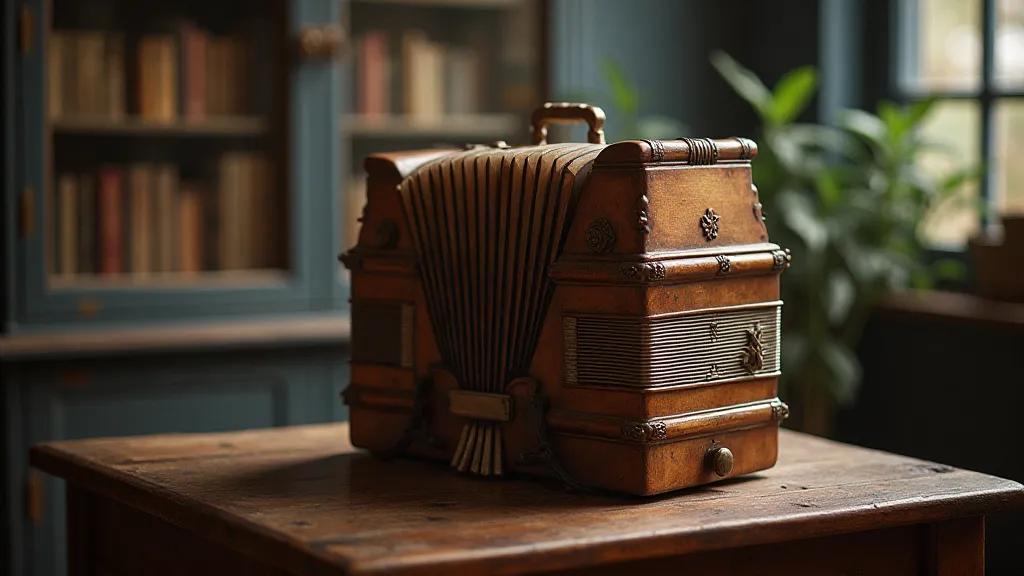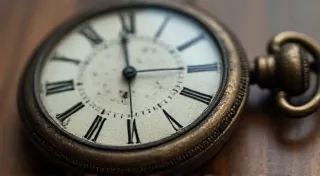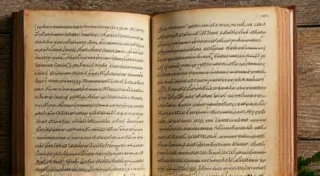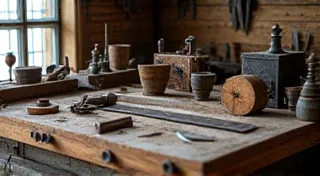Ivory's Fading Embrace: Ethical Considerations in Antique Accordion Restoration
The world of antique accordions holds a particular magic. They aren’t just instruments; they’re time capsules, echoing with the laughter, tears, and music of generations past. Holding one – feeling the weight of the bellows in your hands, the cool smoothness of the keys under your fingertips – it's a tangible connection to a vibrant history. Many of these beautiful instruments were crafted during a golden age of European instrument making, a period defined by unparalleled craftsmanship and the lavish use of materials. Among those materials, ivory often played a starring role, adorning the keys with a subtle elegance that’s difficult to replicate today. But the presence of ivory introduces a complex web of ethical considerations for those who collect and restore these treasures, requiring a careful balance of preservation, legality, and personal responsibility.
My first encounter with the ethical dilemma of ivory restoration occurred years ago. I was tasked with reviving a particularly stunning early 1900s Austrian accordion, a concertina-style instrument with mother-of-pearl inlays and, of course, ivory keys. The ivory, naturally, was yellowed and brittle, showing signs of age and past attempts at cleaning that had inadvertently damaged its surface. As I examined it, I felt a profound sense of responsibility. These keys weren't just a material component; they were a legacy. They represented the artistry of a long-gone craftsman, the ambition of a musician, the joys of countless performances.
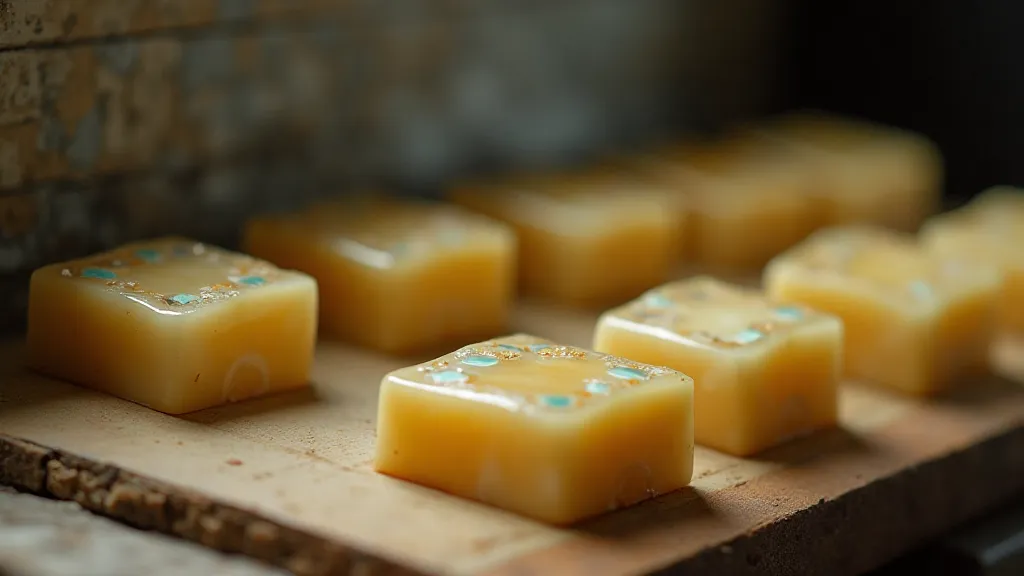
The Historical Context: Ivory and Instrument Making
The use of ivory in musical instruments isn't a modern phenomenon. Elephant ivory, prized for its durability, smoothness, and aesthetic appeal, has been employed in instrument making for centuries, predating any modern ethical debates. From pianos to organ keys to, yes, accordions, ivory was the material of choice for its ability to withstand constant use while providing a pleasing tactile feel. The demand was immense, and the trade, while regulated even in those days, wasn't subject to the scrutiny it receives today. Understanding this historical context is crucial. It’s easy to impose modern values onto the past, but we must acknowledge that the ethical landscape was fundamentally different.
During the peak of accordion production, particularly in Germany, Italy, and Austria, the trade in ivory was often intertwined with colonial practices. While the instruments weren't necessarily made *from* ivory sourced directly through exploitative colonial endeavors, the existence of accessible ivory played a role in facilitating the industry’s growth. This uncomfortable truth complicates the ethics of restoration, forcing us to confront the historical context and acknowledge the potential links between the instruments we cherish and the darker chapters of human history.
The Current Ethical Landscape: Conservation vs. Preservation
Today, the ethical considerations surrounding antique accordion restoration, particularly concerning ivory, are complex and layered. We must differentiate between conservation and preservation. Preservation aims to halt the deterioration of an object without actively altering its condition. Conservation, on the other hand, actively intervenes to stabilize and repair damage, often involving material replacement or restoration.
With ivory, the line is particularly blurred. Allowing the ivory to continue deteriorating untouched (preservation) might be the most “ethical” approach in a vacuum. However, a severely degraded ivory key is not only unusable, it poses a risk to the surrounding components of the accordion. The instability of the brittle material can cause further damage over time. Therefore, conservation – intervening to stabilize the ivory – often becomes the pragmatic and arguably responsible choice.
However, intervention always carries an ethical weight. Replacing ivory keys with modern materials raises questions about authenticity and historical accuracy. Purists argue that a truly antique accordion should retain its original components, regardless of their condition. Others contend that functionality and accessibility are paramount, especially if it ensures the accordion’s continued use and appreciation.
Legal Restrictions and CITES Regulations
Beyond the philosophical debates, there's the matter of legality. The trade in ivory is heavily regulated globally, primarily through the Convention on International Trade in Endangered Species (CITES). These regulations vary significantly by country and often dictate whether possessing, selling, or restoring ivory is permitted. Many nations have strict bans on trade, while others allow limited exceptions for antiques, often requiring documentation proving the ivory was harvested before a specific date, typically the 1989 CITES ban.
Restoring an antique accordion with ivory can trigger legal complexities. Simply possessing the instrument may be permissible, but attempting to sell it, even after restoration, could face legal challenges. It's absolutely crucial for collectors and restorers to be fully aware of the laws in their jurisdiction and to possess the necessary documentation to demonstrate legal ownership and compliance.
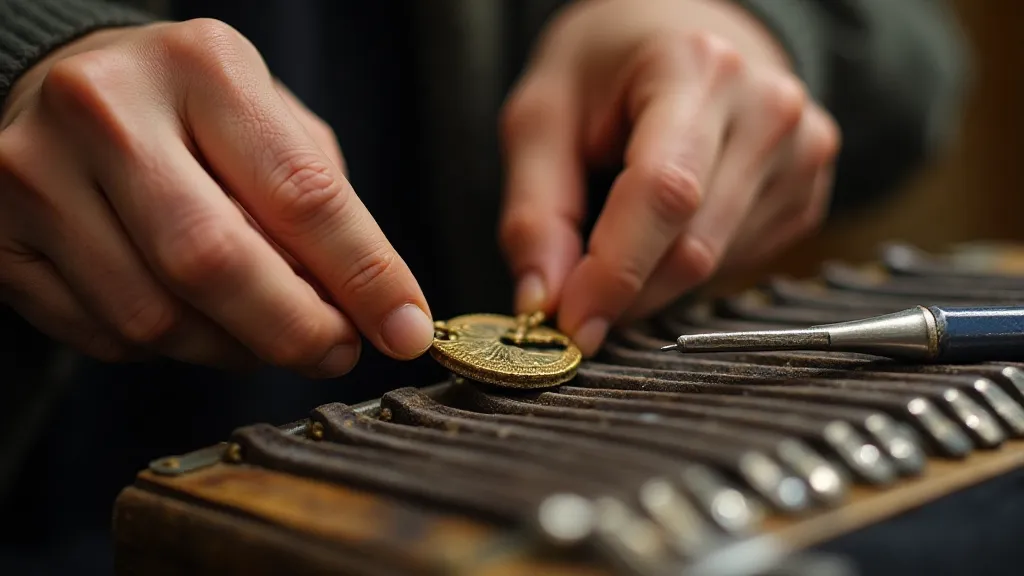
Alternative Materials: Balancing Authenticity and Responsibility
Given the ethical and legal challenges surrounding ivory, many restorers are exploring alternative materials for key replacement. Materials like synthetic ivory (typically made from plastic polymers), bone, and even certain hardwoods have been used with varying degrees of success. Each alternative has its own advantages and disadvantages in terms of appearance, feel, and durability.
While synthetic ivory can closely mimic the appearance of natural ivory, it often lacks the subtle warmth and depth of the real thing. Bone, while a natural material, may not provide the same level of smoothness and stability. Hardwoods, while visually appealing, may be less durable under the constant use of the keys. The choice of alternative material is often a compromise, a balancing act between historical accuracy, practicality, and ethical responsibility.
Some restorers are advocating for a tiered approach – replacing only the most severely damaged keys with alternative materials, leaving the remaining original ivory intact whenever possible. This strategy seeks to preserve as much of the instrument’s original components as possible while addressing critical functional issues.
A Continuing Dialogue
The ethical considerations surrounding antique accordion restoration involving ivory are unlikely to disappear anytime soon. As we grapple with the legacy of the ivory trade and the complexities of cultural heritage, the debate will continue. It's a conversation that demands respect, sensitivity, and a genuine desire to honor the history and artistry embedded within these remarkable instruments.
For me, restoring an antique accordion isn't just about fixing a broken machine; it's about safeguarding a piece of history, preserving a cultural treasure, and ensuring that the music continues to resonate for generations to come. It’s a privilege and a responsibility, one that requires ongoing reflection and a commitment to ethical practice.
